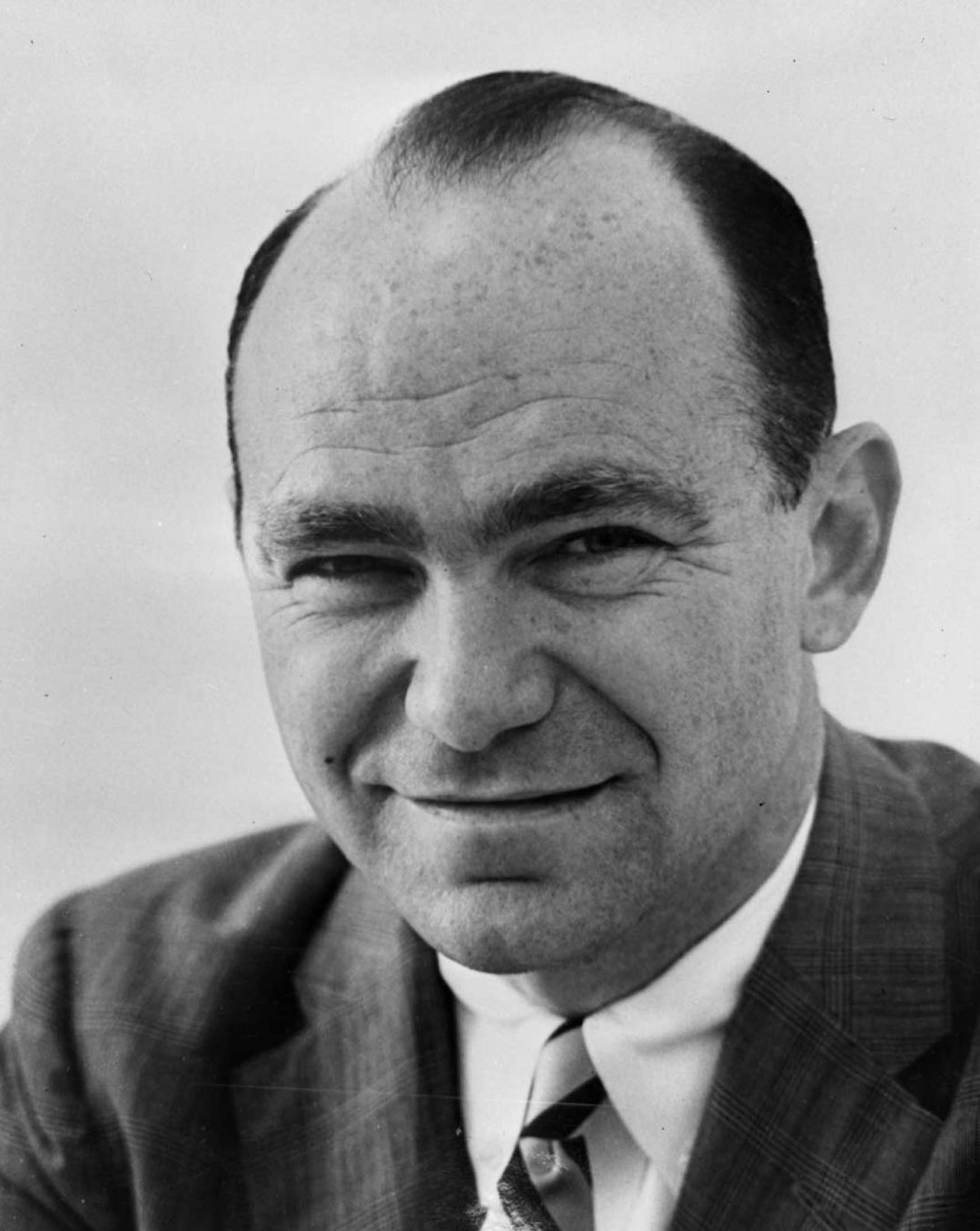Founder of the Rose passes away at 91
Sam Hunter, the founder and inaugural director of the Rose Art Museum, passed away on July 27 in Princeton, N.J.
Hunter spent five years at Brandeis, building the Rose’s initial art collection with a $50,000 donation from Leon Mnuchin and his wife, Harriet Gevirtz-Mnuchin. According to a July BrandeisNOW article, Hunter collected artwork from artists including Jasper Johns, Andy Warhol and Roy Lichtenstein. The article noted how works from this original collection of artists “form the core of the Rose’s beloved collection and continue to set the tone for the museum’s collecting and exhibition practices.”
Hunter’s first role at Brandeis was not director of the Rose, however. In 1960, he served as director of the Poses Institute of Fine Arts, a predecessor to the Rose. The institute, funded by Jack and Lillian Poses, was “dedicated to presenting major art exhibitions and sponsoring seminars with important contemporary artists,” according to the Rose’s website.
For Hunter’s first contemporary art collection at the Rose, the Mnuchins set a limit of $5,000 per painting, therefore focusing the search on younger artists and lesser known works. For four months in 1962 and 1963 Hunter and Mnuchin visited countless galleries, often straight to artists’ workshops, to gather artwork. According to the Rose website, the Gevirtz-Mnuchin collection, originally purchased for $50,000, is now worth over $200,000,000. By focusing on the integrity of each individual piece, Hunter assembled an impressive collection of art that still holds an important place in the art world today.
According to the Rose’s website, Hunter’s “shrewd collecting sensibilities were not based on luck and timing, as is often said, but intimately linked with their writing, curating and constant looking at new work,” which has left a remarkable impression on the museum.
But Hunter’s influence in art curation went far beyond the realm of Brandeis. Around the same time he joined Brandeis, Hunter also curated the Fine Arts Pavilion at the 1962 World’s Fair in Seattle, drawing on much of the same artwork for the collection. Later, the World’s Fair Collection, which included 87 artists and 114 works, was also displayed at the Rose.
Born in Springfield, Mass., Hunter graduated from Williams College in 1943 and then served in World War II. According to a Princeton University article, Hunter “studied art history in Florence and at the American Academy in Rome on a Hubbard Hutchinson Fellowship in art history and criticism.”
Hunter also worked as an art critic at the New York Times, contributed to numerous articles and textbooks and wrote exhibition catalogues. In 1972, Hunter wrote American Art of the 20th Century, his survey of modern American art. Five years later, Hunter combined his book with Milton Brown’s History of American Art to 1900 to publish a complete account of American art history. Notably, Hunter wrote the original 1984 edition of the Museum of Modern Art’s collection catalogue.
Hunter worked in many capacities at different museums, such as the Museum of Modern Art in Manhattan, the Minneapolis Institute of Arts and the Jewish Museum in New York. Hunter also took on the academic world while serving as associate professor of art history at University of California, Los Angeles, a visiting professor at Cornell University, New York and a professor of art history at Princeton University where he retired from in 1991.
In the July BrandeisNOW article, current director of the Rose, Christopher Bedford, explained that Hunter “had one foot in the world of museums and one foot in the world of scholarship, a model for how the Rose thinks of itself today. He was as much a director/curator as he was a scholar, and that dual commitment continues to represent the Rose in the work we do today.” Bedford also said in the article that the Rose’s latest emerging artists fund will be named in Hunter’s memory: “It’s only just that we would perpetuate Hunter’s legacy with a fund that boasts his name,” he said.
Hunter’s dedication to art positively impacted the organizations and individuals he worked with, including the Rose. Though his time at Brandeis was short, Hunter laid the groundwork for the thriving art museum we have today.



Please note All comments are eligible for publication in The Justice.